This article is part of the 31 Days of Pinterest Hacks series. Find the main page for this series here.
Music plays a huge part in our lives. Not only do we enjoy listening to various tunes, but research shows the many benefits of music in all aspects of development. From cognitive to social to emotional to motor to language development (and so much more!), music reaches the depths of a human being in ways that no other art form does.
So, when a neurodivergent/disabled child doesn’t have the manual dexterity to play an instrument, the attention span to stay with the task long enough, or the ability to accept and discriminate different sounds, don’t despair. Like all the other Pinterest hacks, this one is doable in small increments as well!
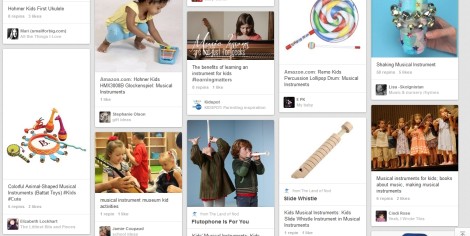
So many Pinterest inspirations include images of young children who appear to be able to not only hold instruments but also blow and strum them easily.
Why playing a musical instrument may be a challenge for a neurodivergent or disabled child
- If a child has an auditory sensitivity, certain sounds might be too much for them to handle.
- For a child with fine motor limitations, manipulating an instrument may be difficult.
- For children with oral motor issues, blowing into an instrument may pose a challenge.
Suggestions for adaptations/modifications for musical experiences
- Fill the space with soft, gentle music, then contrast it with louder, more allegro-type arrangements. Even if you cannot sing, be sure to hum or play music as much as possible without overstimulating the child.

We play music in the morning (to welcome the day), after lunch and right after dinner (to keep my son occupied while I clean up the kitchen).
- Don’t limit musical selections to one style. World music, hip-hop, and classical music should all be a part of the child’s repertoire (among other favorites).
- Exposure to authentic instruments is critical. While it’s nice to create homemade drums and shakers (and goodness knows that Pinterest shares plenty of ideas for kids to produce their own), expose the child to the authentic sounds of a real guitar, harp, flute, etc. It helps with auditory discrimination because the sounds are not synthesized. You don’t need to expect the child to play the instruments. Hearing them live—or, if that’s not possible, a recording—is an enriching auditory experience.
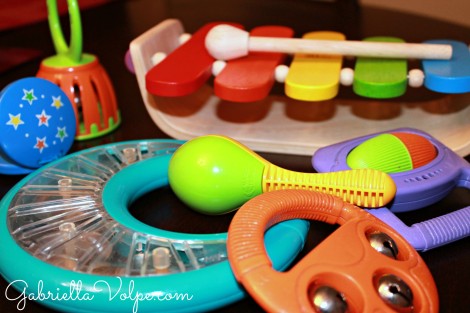
While exposure to authentic sounds is recommended, these toy instruments are child-friendly in that they’re small and light, making them easy to manipulate for a child with fine motor challenges.
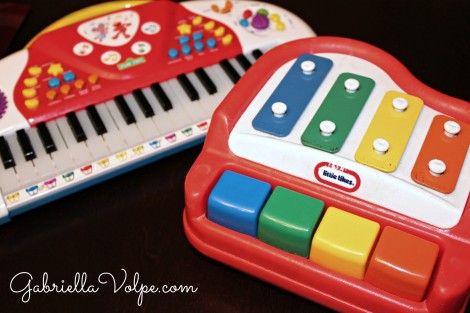
This is a battery-operated organ that my son loves, along with his very first piano. He still plays with both. Now that he has mastered using the pointer finger, he can better use these one finger at a time (as opposed to pounding down on the keys with his entire hand).
- Invest in at least one authentic drum and one set of authentic rhythm sticks. The sound they produce is unmatched. Offer the opportunities for the child to experiment with these magical sounds first-hand by having them available.
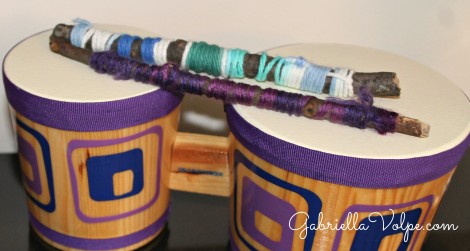
This drum produces a deep sound. The sticks were part of the project, but we used them as rhythm and drumsticks. However, the sound is nothing like authentic rhythm sticks when tapped together.
- You must approach musical experiences with gentleness if your child has auditory sensitivities. To this day, there are certain high-pitched sounds that my son cannot hear without breaking into a fearful cry. The only way to have him overcome that is through gentle exposure—in small bits —and with lots of comforting words and loving hugs. Don’t avoid the sounds altogether—build them up slowly.
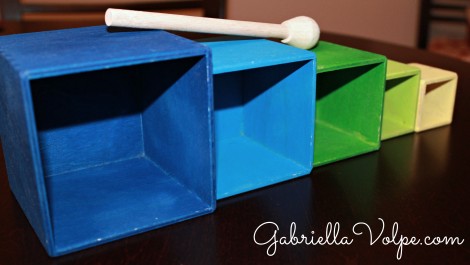
These are wooden stacking blocks. We discovered one day that, with a xylophone mallet, we could make music with them, too!
- Begin with percussion instruments. Drums, rhythm sticks and shakers are must-haves in a homeschool setting. They are the most basic, to begin with, and are highly captivating to listen to. Their rhythmic nature call to the human rhythms of breath and heartbeat.
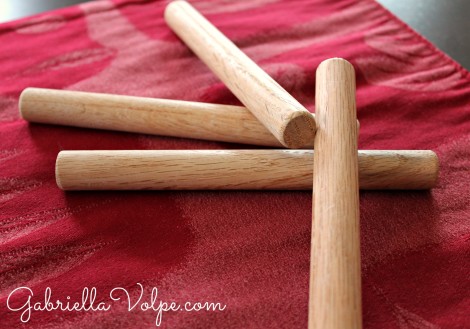
These are authentic rhythm sticks. They can be used to “tap,” “scrape,” “boom,” and so on. Practice exclamatory words in addition to tapping. Their use is endless, which is why they are must-have instruments.
- Use the hands as well as tools to play different instruments. Encourage the child to tap the drum with the palm. If the child can’t, use a tool, like a drumstick (or other similar objects). Don’t be afraid to mix tools from one instrument with another. Shakers, rattles, and maracas are all so captivating to a child. Decide whether using a maraca is better than an egg shaker, for instance, as one has a handle, and the other doesn’t.
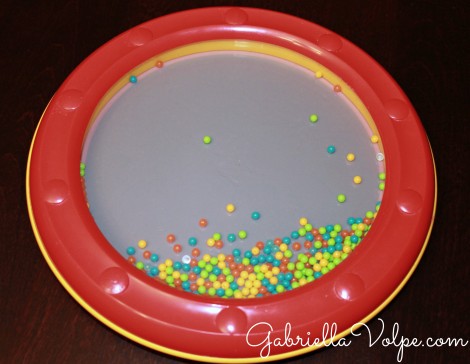
This is an ocean drum. When you tilt it one way or the other, the tiny beads roll across the thick cellophane-like surface to imitate the sound of the ocean. While this is a toy drum, the sound that comes out is almost like that of a real drum. It’s one of my favorite drums in our collection.
- Find the ideal positioning. The child should engage in musical experiences in the place that best supports them physically. Unless you specifically target gross motor skills in the activity, it’s best to have their trunk and lower body supported while they work with their hands. You will see the best results when the child is in their adapted seat.
- If possible, sit on the floor behind the child and work through different musical activities hand-over-hand (with consent). But, also play along in front of them for better interaction. If they can, have the child imitate your rhythms. Start simply. Do it hand-over-hand (always with consent) if they struggle with doing this alone.
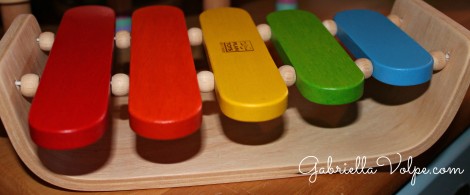
This toy xylophone produces a unique sound in comparison to authentic xylophones. Yet, because it’s wooden, the sound is very organic and soothing. It comes with the wooden mallet pictured with the stacking blocks above.
- Remember that the voice is a musical instrument as well. Don’t ignore the importance of singing to and, if possible, with the child. Have a set of go-to seasonal songs on hand at all times.

I have songs and poems laminated and bound with ring binders. This makes them portable and handy for impromptu sing-a-longs (even if I’m the only one singing).
- Consider hiring a music therapist. My son’s first exposure to a music therapist was when he was two years old; it was pure magic. From having authentic instruments to touch and strum to having the honor of a live vocalist in the home—there was nothing but goodness vibrating within our walls. Music therapists know how best to meet a child’s goals (even beyond music—to include fine and gross motor development, etc.) and will create a personalized program for the child. We still sing the songs our music therapist composed just for my son.
How do you incorporate music into the day?
If you enjoy these tips, I have plenty more up my sleeve. I offer personalized consultations to parents, educators, and clinicians.
Related Articles:

0 Comments